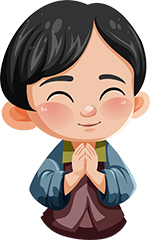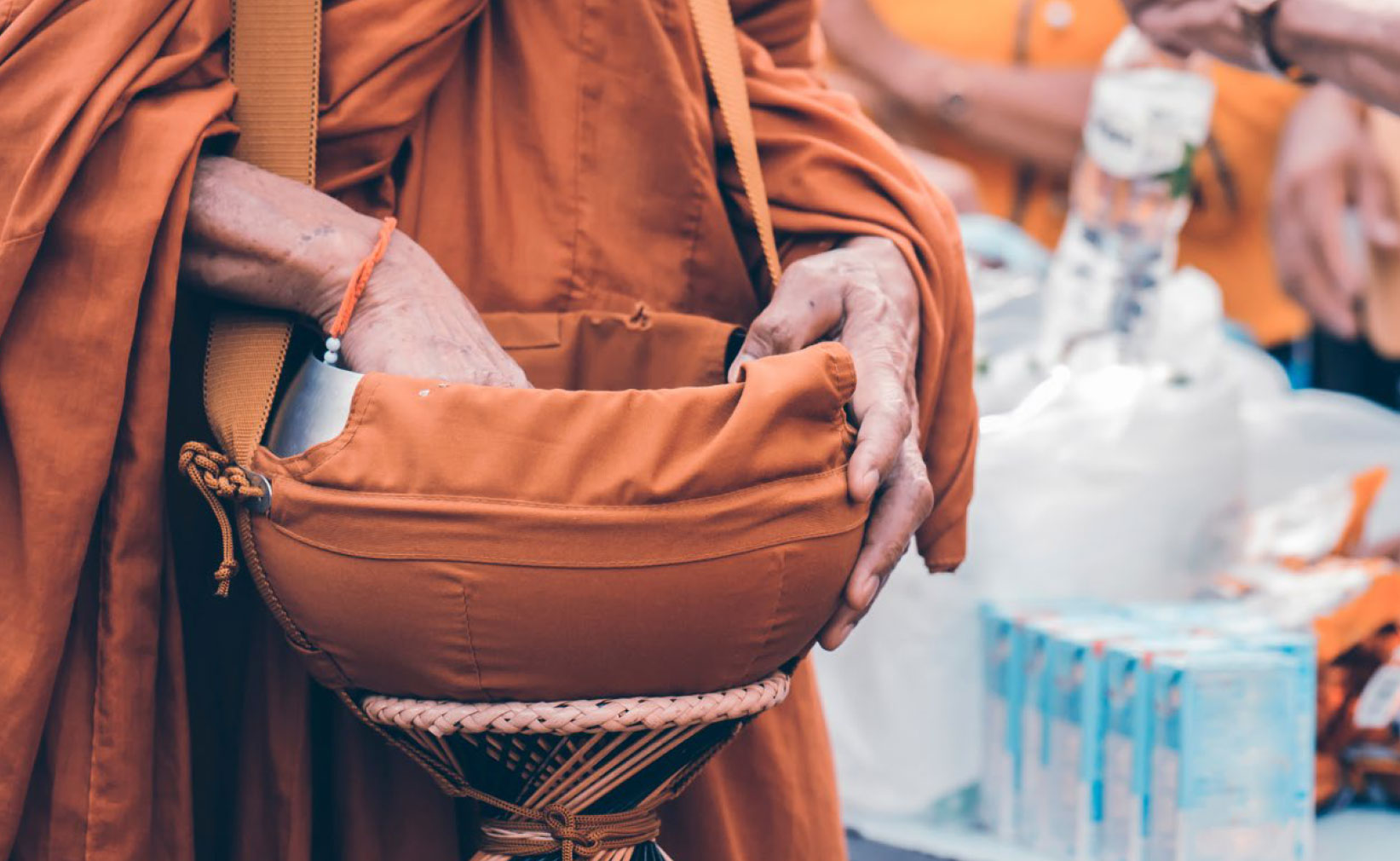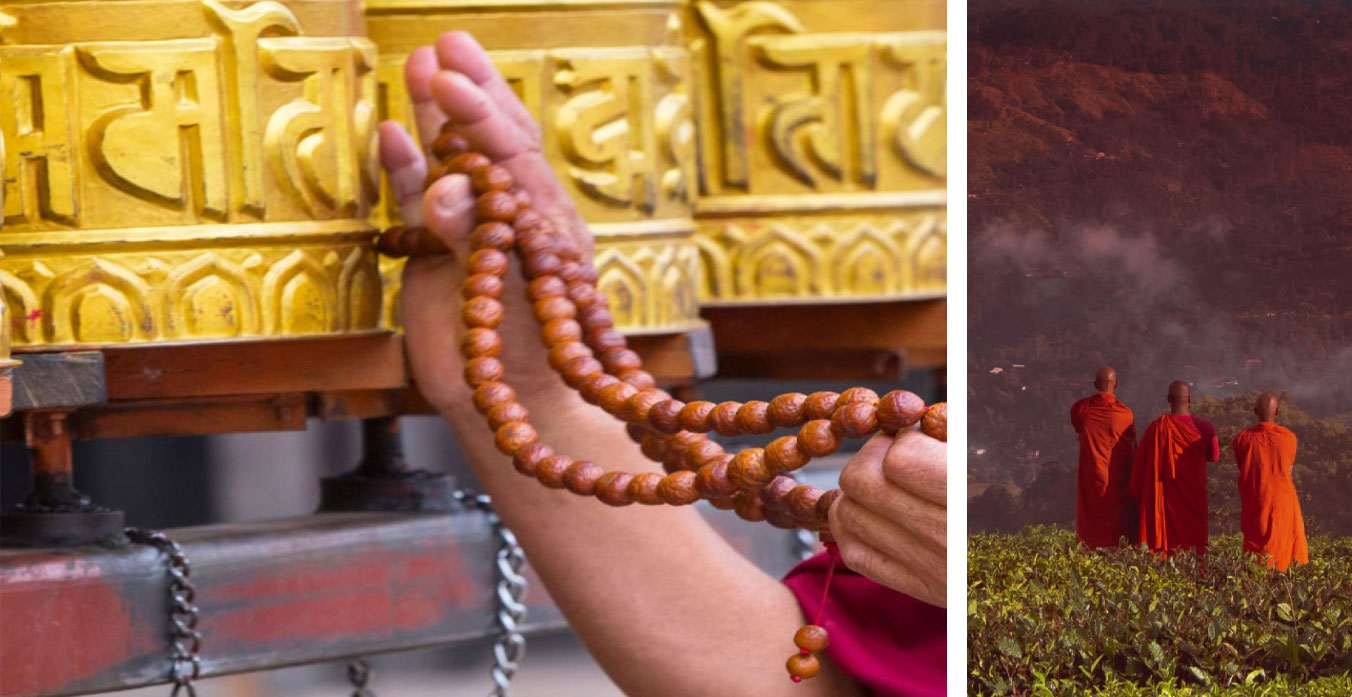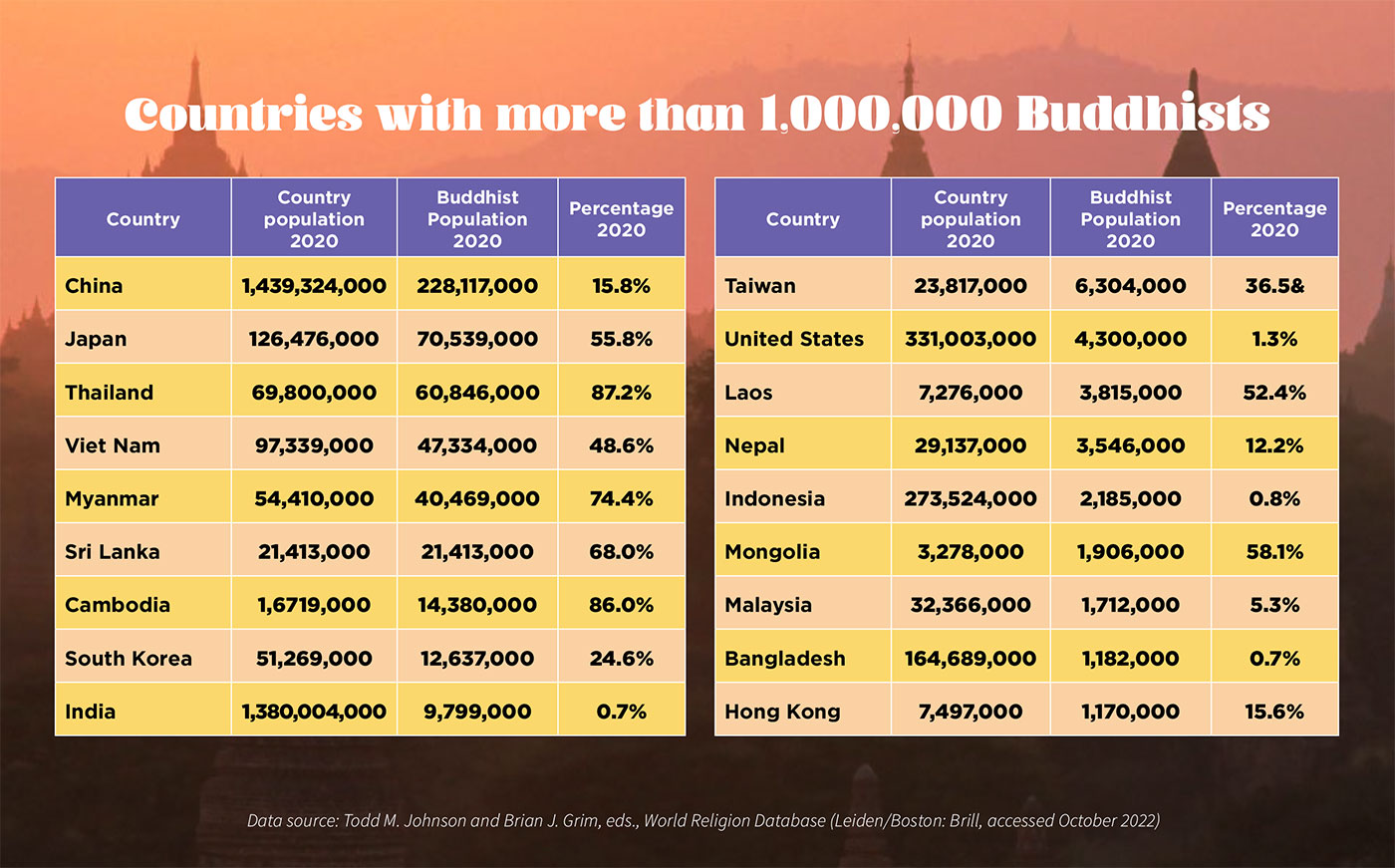“Usichoke; jilindeni na kuwaka moto. Muwe chonjo watumishi wa Bwana, mkingojea kwa furaha. Usiache katika nyakati ngumu; omba kwa bidii zaidi.” Warumi 12:11-12 Toleo la MSG
Hello! You know, when things get really tough in the world, it's easy to feel lost and wonder what to do, if you or I can really make a difference. But 2000 years ago, Apostle Paul said something that still rings true today. He said that even when everything seems chaotic, we should pray to God, expecting him to respond.
This guide will help you join with others to pray for a billion folks who follow Buddhism. Starting on January 21, 2024, every day, we'll learn about how Buddhism is practiced in different places around the world. And guess what? Over 100 million people are praying together for our Buddhist friends!
This prayer guide is being translated into many different languages and shared with thousands of groups everywhere. The fascinating part is that the cities mentioned in this guide are the same places where other groups are working hard and doing wonderful things every day. So, when we pray, we're supporting them too!
You're warmly invited to join in! Let's stay hopeful, pray earnestly, and contribute to making positive changes together. Isn't it amazing how awesome Jesus is?
In ancient times, there was this prince named Gautama, born in what's now Nepal. When he was a baby, a wise person predicted he'd grow up to be a great leader and a wise person. His dad really wanted him to be a powerful ruler, so he made sure Gautama had a luxurious life.
But when Gautama turned 29, he stepped outside the palace and saw a lot of people going through tough times. It hit him hard, and he decided to go on a journey to figure out how to help stop all the suffering he saw.
For six years, he tried different meditation techniques, hoping to find some answers. Finally, he chose to sit under a special tree and keep at it until he understood everything. Even when evil tried to distract him, Gautama stayed focused. And guess what? He reached this incredible understanding called enlightenment!
After that, people started calling him the "Buddha," which means someone who's awake and wise. He became known as the "Enlightened One" because he discovered some really important truths about life.
The Buddha met up with his friends who were also searching for answers, and he shared his first teachings with them. Unlike many other stories about gods or powerful beings, his teachings didn't focus on a big boss up in the sky - or a Heavenly Father who created us and wants us to know Him as His very own children.
He talked about what he called the "Four Noble Truths":
- Life can be tough and bring lots of challenges.
- This toughness comes from not knowing everything and always wanting more.
- To stop feeling this way, we need to learn more and not want everything.
- He said we can do this by following what he called the "Middle Way" or the "Noble Eightfold Path."
The Buddha believed that what we call "suffering" happens because we hold onto things that don't last forever. He said the only way forward is being reborn is to follow what he called "The Middle Path."
The goal is like blowing out a candle flame—the end of wanting and needing. It's about reaching a state where our desires stop, and we find peace.
Buddhism today is different everywhere. Even though Buddhism doesn't focus on a supreme god, it becomes part of different cultures like a cozy blanket that shapes itself to fit what's already there. For example, in Tibet, Buddhism blended with the Bon religion, which was about shamanism. They built Buddhist monasteries for meditation right on top of Bon practices. In Thailand, people offer cigarettes to monks as a sign of respect, but in Bhutan, smoking is seen as a sin. In Thailand, the Buddhist council doesn't allow women to become monks or enter certain sacred places in temples. But in other places like Nepal and England, women can become monks. So, Buddhism kind of adjusts to fit different places and cultures, and you'll find variations in how people practice it around the world.
Theravada, Mahayana na Tibetan.
Theravada Buddhism started in Sri Lanka, where the Buddha's teachings were first written down and made into an important set of texts. It focuses on enlightenment through personal meditation and doing good things. Places like Myanmar, Thailand, Cambodia, and Laos follow this tradition.
Mahayana Buddhism came from writings that were linked to the Buddha. These texts taught something special: they said that an enlightened being, called a bodhisattva, could decide to wait before going into nirvana, which is like the ultimate spiritual goal of finding peace and freedom. Instead of going there right away, they choose to help other people who are suffering because of what they've done in the past (karma). This kind of Buddhism was usually practiced in places like China, Japan, Vietnam, and Korea.
Tibetan Buddhism began in India around the sixth century AD. It's all about speeding up the process of reaching enlightenment through rituals and using your imagination. These practices help followers move closer to achieving enlightenment faster.
Many people have been drawn to different types of Buddhism, especially those that talk about finding inner peace.
Some have become part of monasteries, aiming to purify their spirits by meditating and following five important rules for how to live.
Others have connected with Tibetan lamas, who are like monks.
They also learn chanting, which is like singing special words that are important in their practices.
And then there are some who've adopted a kind of Buddhism that's a mix of Asian traditions and what they already know from Western ideas.












